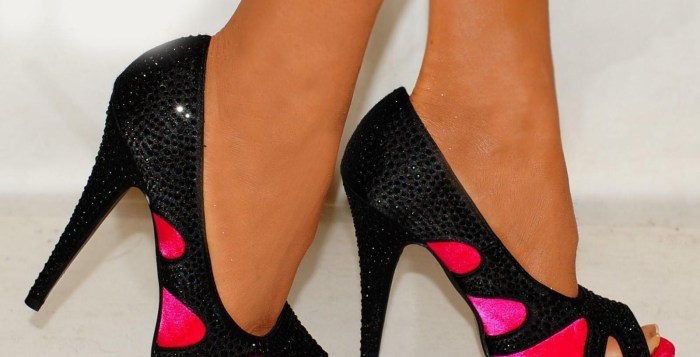A: No high heels will probably ever be as comfortable as a good pair of sneakers, but some are certainly less comfortable than others, and it’s not just a matter of how high the heels are. Of course, a proper fit is essential, but beyond that there are five easy-to-spot design features that can have a huge effect on your overall comfort.
1. Heel placement
If the heel is too far back, it won’t support your weight properly. The center line of the heel should be directly under the center of your own heel. Thicker heels often do this automatically, or you can look for narrow heels that dip in slightly at the top.
2. Sole thickness
High heels are much more comfortable with a little padding, especially on hard surfaces, so some sort of a platform is always a good idea. If your shoes don’t have a platform, try adding a gel insole.
3. Sole rigidity
Steer clear of shoes with rigid soles made out of wood or hard plastic. Leather and rubber soles have more give, so they move with your feet and adjust better to inconsistencies in the ground.
4. Heel Thickness
The wider your heel, the greater your stability. Wedges can be even more stable, provided they are not too narrow and the entirety of the sole touches the ground.
5. Security
The easier it is for you to slip out of your heels, the harder they will be to walk in. Your shoes should feel like an extension of your body, not something foreign that could fall off at any moment. A slingback or a pump is preferable to a mule, but a boot or something with a strap that goes across the front of the foot and/or ankle is even better.
Source: The Trent


Comments are closed.